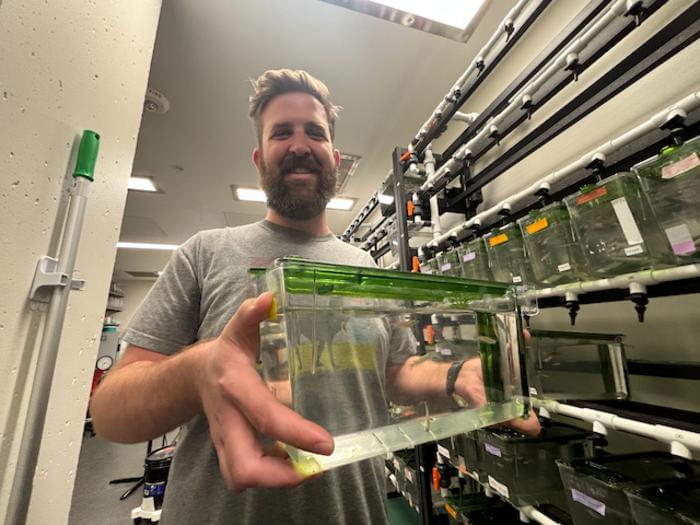“My hunch is the ancestor of all animals could regenerate its heart after an injury, and then that’s been repeatedly lost in different types of animals,” said Dr. James Gagnon. “I would like to understand why. Why would you lose this great feature that allows you to regenerate your heart after an injury?”
Can the heart physiology of zebrafish help treat human heart conditions? This is what a recent study published in Biology Open hopes to address as a team of researchers from the University of Utah compared the fish species of zebrafish and medaka since the former possesses heart regeneration capabilities while the latter does not. This study holds the potential to help researchers better understand the physiological processes responsible for fixing heart tissue after damage from a heart attack or other ailment that could lead to more advanced human treatments.
“We thought by comparing these two fish that have similar heart morphology and live in similar habitats, we could have a better chance of actually finding what the main differences are,” said Dr. Clayton Carey, a postdoctoral fellow at the University of Utah and lead author of the study.
For the study, the researchers injured the heart of each fish species that mirrored human heart attacks then removed the hearts after between 3 to 14 days after the procedure to examine how each was repaired since the injury. While 95 percent of the fish initially survived the procedure, they perished shortly afterwards. The team focused on analyzing immune cell behavior with the team noting that zebrafish possess certain types of muscle cells that weren’t present in medaka. In the end, the researchers concluded that evolutionary divergence was the likely reason why zebrafish possess heart regeneration capabilities whereas medaka do not.
